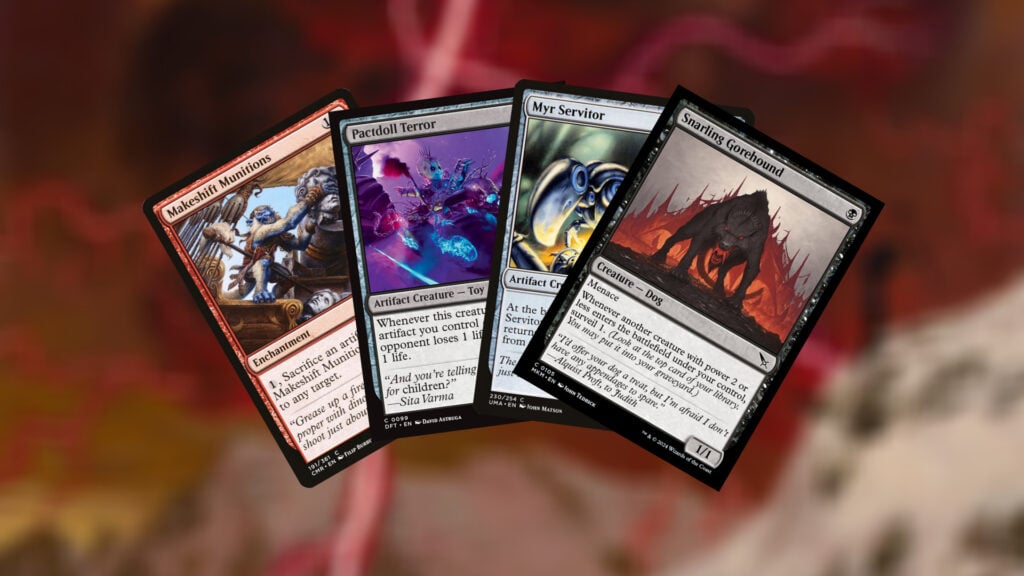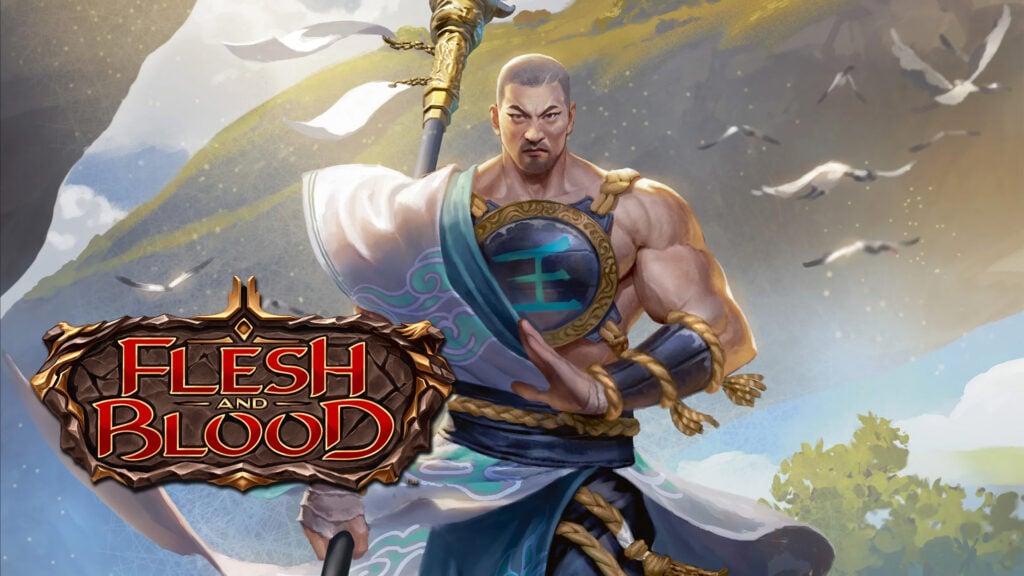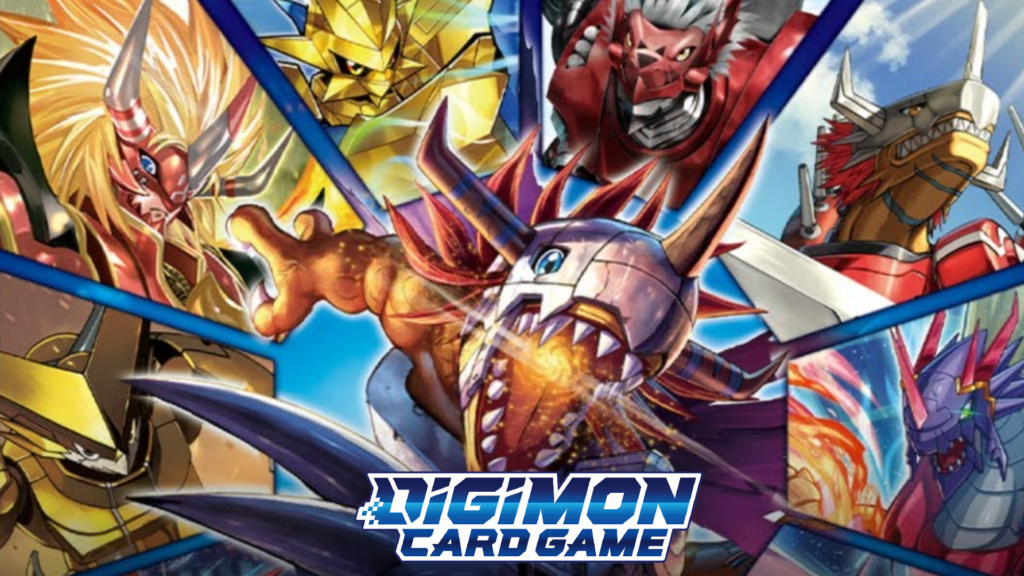Images courtesy of Wizards of the Coast
Pauper is an extremely diverse Magic: The Gathering format. In Pauper, as with life, restrictions breed creativity. As such, when a format like Pauper gains a new restriction, such as a card ban, players have to get creative. With the removal of the Gleescale archetype from the format, I found that I had to go rogue for my kicks.
Enter Rakdos Servitor, a rogue build stemming from the older, now-banned Kuldotha archetype. It has a few aspects of the Jund Wildfires archetype thrown in for good measure as well. It did surprisingly well in its first event outside the workshop, but we will get to that a bit later. Let’s first discuss this Magic deck for Pauper.
Within this deck tech, we will go over its inclusions, as well as its strengths and weaknesses in equal measure. Let’s go!
Pauper Deck Tech: Rakdos Servitor
Rakdos Servitor Strategy and Game Plan
Rakdos Servitor runs on the burn engine of Myr Servitor and Makeshift Munitions; both are vital to the deck. To explain how it works, in short, you want to sacrifice all but one copy of Myr Servitor to Munitions every turn cycle. The ensuing damage is meant for your opponent, but if they have something worth shooting, this is also a good option.
The rest of the creatures in this deck are meant to propel this plan. Snarling Gorehound increases the number of cards you see in the game. It also surveils any additional copies of Servitor to your graveyard. Meanwhile, Pactdoll Terror, a relatively new inclusion, helps you to clinch the late game via life drained from your opponent. This helps weaken your opponent’s life total or stabilize your own.
Refurbished Familiar generally costs only one black mana and causes hand disruption. Finally, Myr Retriever can help you fix a tough board state by returning an artifact like Servitor from your graveyard to your hand.
The land base for Rakdos Servitor takes a leaf out of the ever-present Cleansing Wildfire deck by using artifact lands en masse. These generally allow the pilot to sacrifice them to Makeshift Munitions to seal a game where necessary. Additionally, we want a reasonable amount of draw in this deck, so we’re running a playset of Twisted Landscape. However, as we don’t run any green land-based sources, you can include any “Landscape” card in the cycle, provided they can fetch the basics in the deck.
Lands And Nonpermanent Spells
On the topic of green mana, to filter and facilitate this draw, we have the newly unbanned Prophetic Prism included. It is the sole noncreature, nonland artifact playset in the deck. Not only does it filter mana for the Landscape cycle, but it also cantrips upon entering the battlefield.
By a similar token, the only sorcery spells we’re running in this list are four copies of Faithless Looting. This card is generally great for card selection, but it really shines in this build. Put simply, if you draw a Myr Servitor with Looting and you have one other copy anywhere but your graveyard or exile, discard it. Otherwise, keep it in your hand and hope for more later on.
Your instant spells take a cue from most any Burn deck in the format; the list runs a playset each of Lightning Bolt and Galvanic Blast. When destroying opposing creatures, Bolt works well, but Blast is better. Additionally, we’re running two copies of Fanatical Offering, which does a great imitation of the now-banned Deadly Dispute. It draws you cards at instant speed, it can trigger a sacrificed Myr Retriever, and it replaces an artifact for later.
Finally, we have two copies of Professor’s Warning in the main deck (as well as two in the sideboard; more on that in a bit). Warning is a good card to help protect your lone Servitor where that matters. If it’s about to be burnt or destroyed, you make it indestructible. If it’s due to die from having exactly 0 toughness, you put a +1/+1 counter on it instead.
Rakdos Servitor Sideboard
Occasionally, you’ll run into a situation where you need to account for an opposing countermeasure. Generally, this Magic: The Gathering deck is fast enough to take Game 1, much like Kuldotha Red before it. Therefore, when you play Game 1, while your primary priority is the win, take some time to learn about your opponent’s strategy. Then, for Game 2, you’ll probably want to sideboard.
For matches where your opponent is going wide with many small creatures, like Elves, you’ll want to board in Krark-Clan Shaman. KCS is fabulous at mowing down small creatures (as well as larger creatures when paired with Toxin Analysis; these two often go hand-in-hand).
If your opponent is running a few large creatures, such as decks based around Tolarian Terror, board in Snuff Out. You may need to prepare to hard cast Snuff Out and account for Terror’s ward 2 ability. However, if you fetch your lone Swamp with Twisted Landscape, you should be good to go.
Protecting the Board With the Sideboard
As far as protective measures go, don’t worry about your opponents countering all of your Servitors. However, if you absolutely need a Servitor on the board, such as your final copy, or if the copies are at risk of being exiled, Pyroblast is your best friend.
As discussed earlier, the other two copies of Professor’s Warning will help keep an imposing board state amid straightforward destruction.
Making Cuts For Games 2 and 3
Cuts for sideboarding are a little tougher in this deck. Originally, when this build ran two copies of Ornithopter instead of Pactdoll Terror, we would board these out quickly. They’re great in Game 1, but they don’t have much offensive power at all, except as sacrificial fodder. But now, we need to find a better avenue based on our needs.
For large offensive threats, copies of Prophetic Prism have been my go-to to swap out for Snuff Out. For small threats en masse, cutting two copies of Prism and two Lightning Bolts often helps us add in Krark-Clan Shaman and Toxin Analysis.
Pyroblast is one we can similarly cut for. Bolts don’t help when they’re easily countered, nor are Prisms.
In a burn matchup, Professor’s Warning feels apt to have a playset of within the main deck. What do we cut for it? Naturally, two copies of Prism.
But why board out Prophetic Prism, of all cards? That card was banned! Well, it’s a strong card, but it takes a more subdued role in this deck, effectively taking the title of “weakest link” for later games in a given match. This allows for sideboard replacements to board in and replace a few of them later on.
Finally, Nihil Spellbomb and Bojuka Bog are boogeymen among cards we don’t want to see. They’ll always be boarded in against us, and there’s no real way in the sideboard to combat this. However, we have one simple rule here: we do not board out Myr Retriever if we suspect a Spellbomb or Bog. If you resolve a Myr Retriever, you essentially save a Servitor from graveyard hate when it matters most.
To Serve Myr
In the end, this rogue Magic Pauper build seems to be putting in some work in my local metagame. It defeated Dimir Terrors, Tron Flicker, and got one win in a match against Monogreen Elves. To be fair, my opponent in that matchup had an explosive third game; I did not. Things would be different otherwise, I swear!
So now, let’s open the floor to you, dear readers. Are you enticed by this rogue Pauper deck? What would you suggest changing in the provided deck list? Sound off below!





